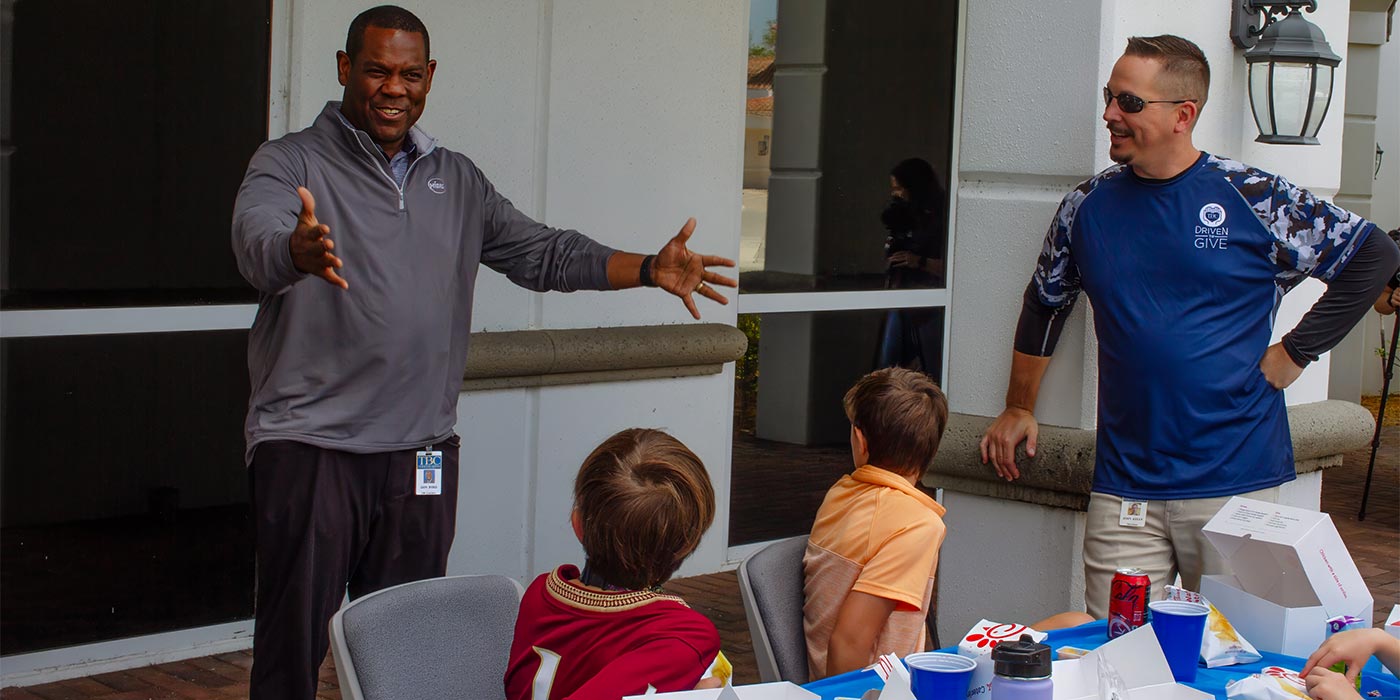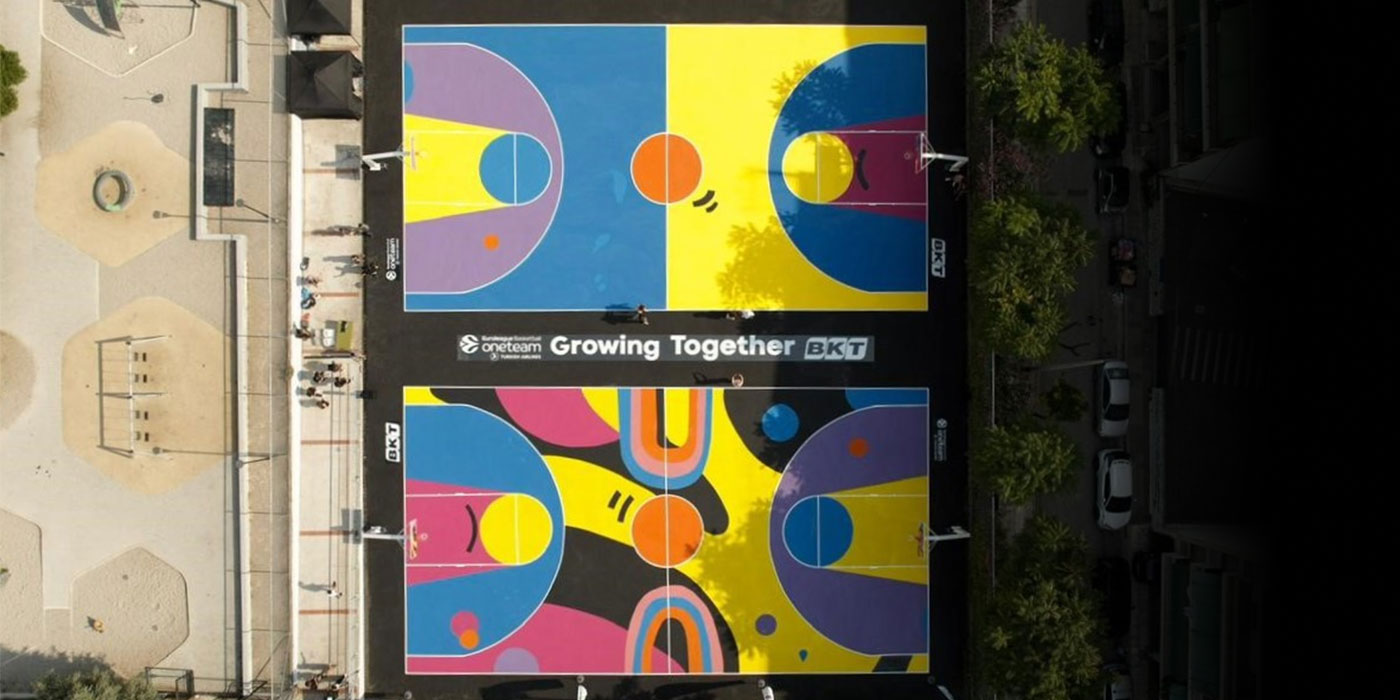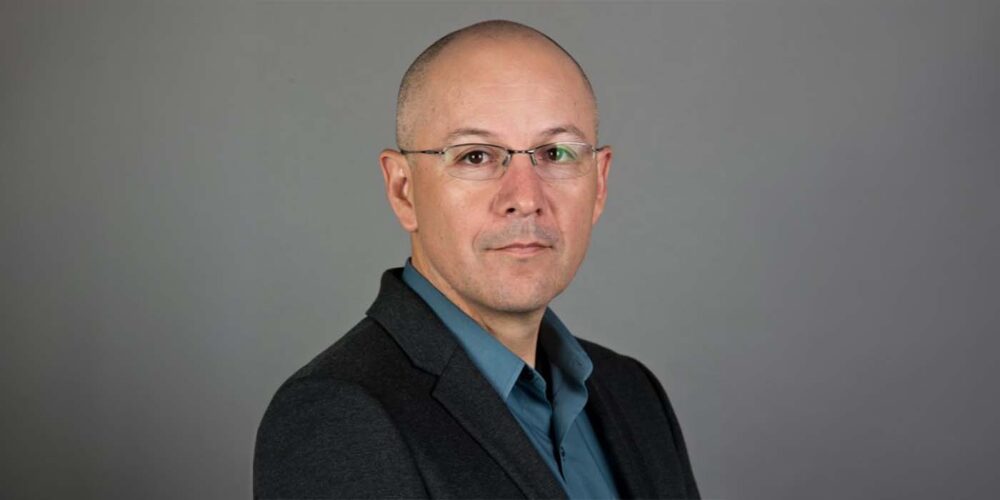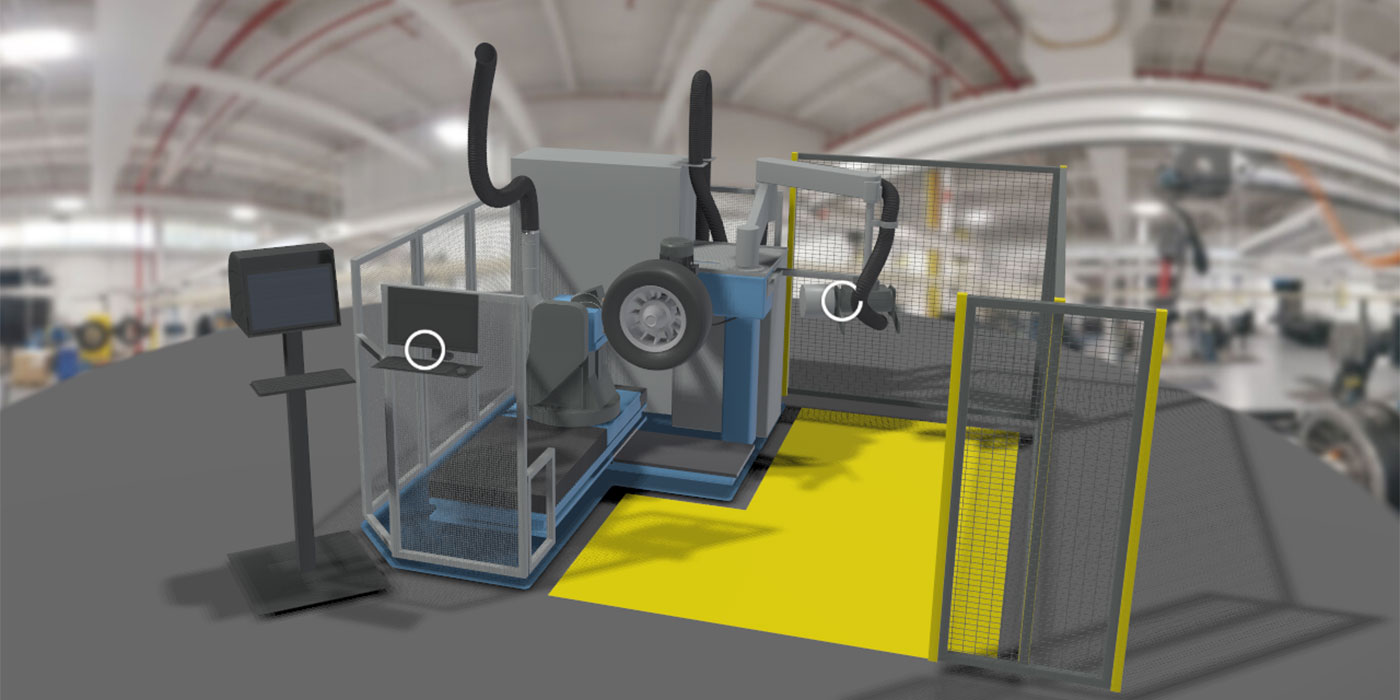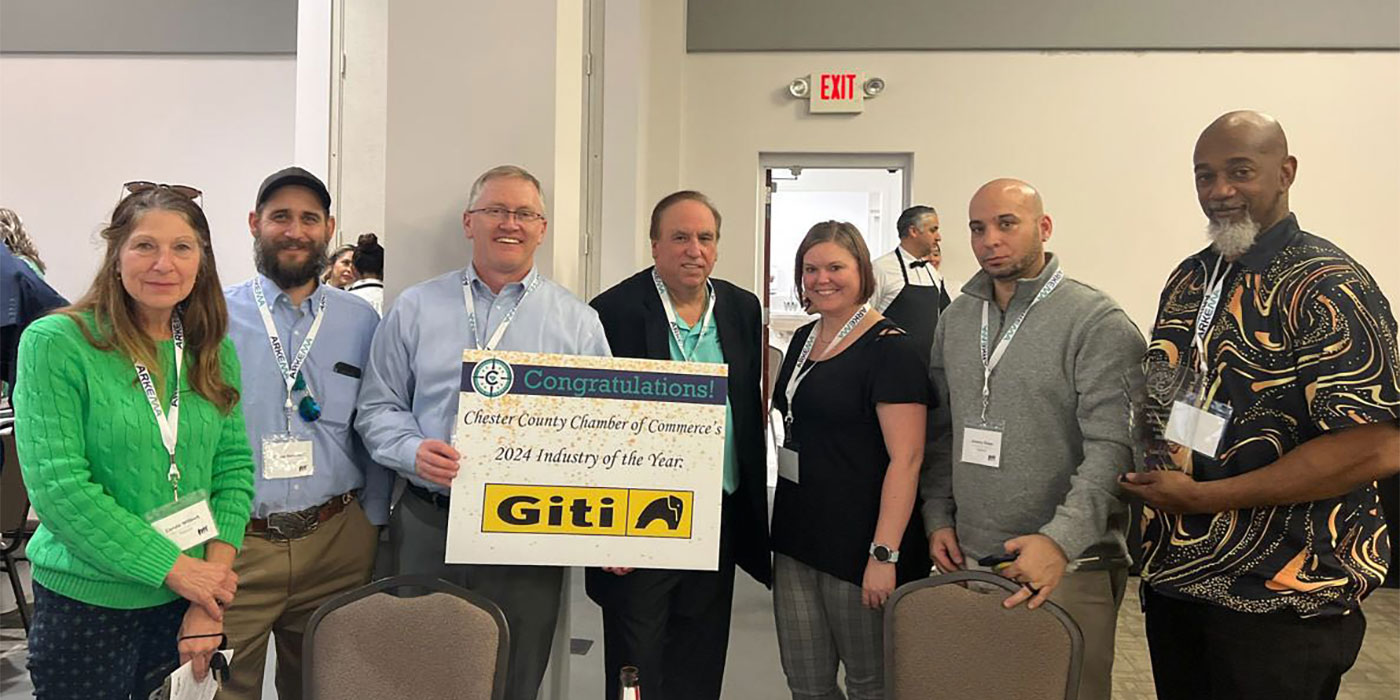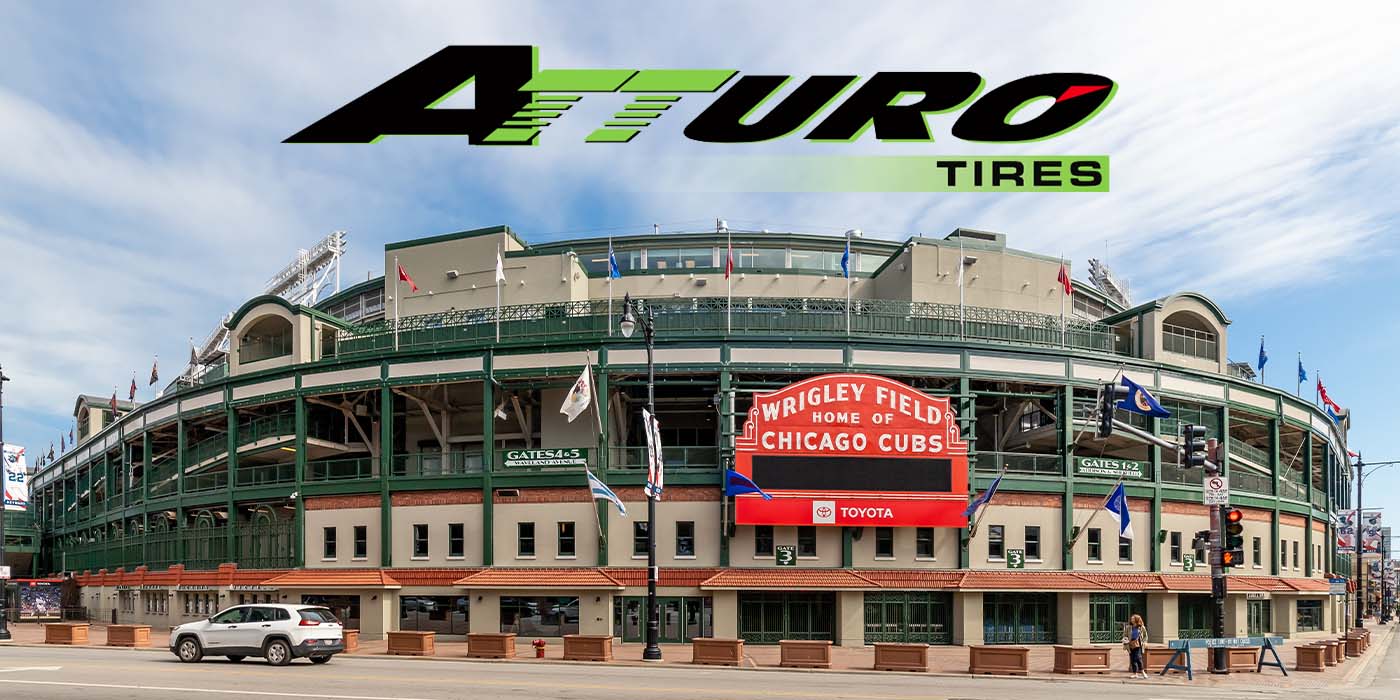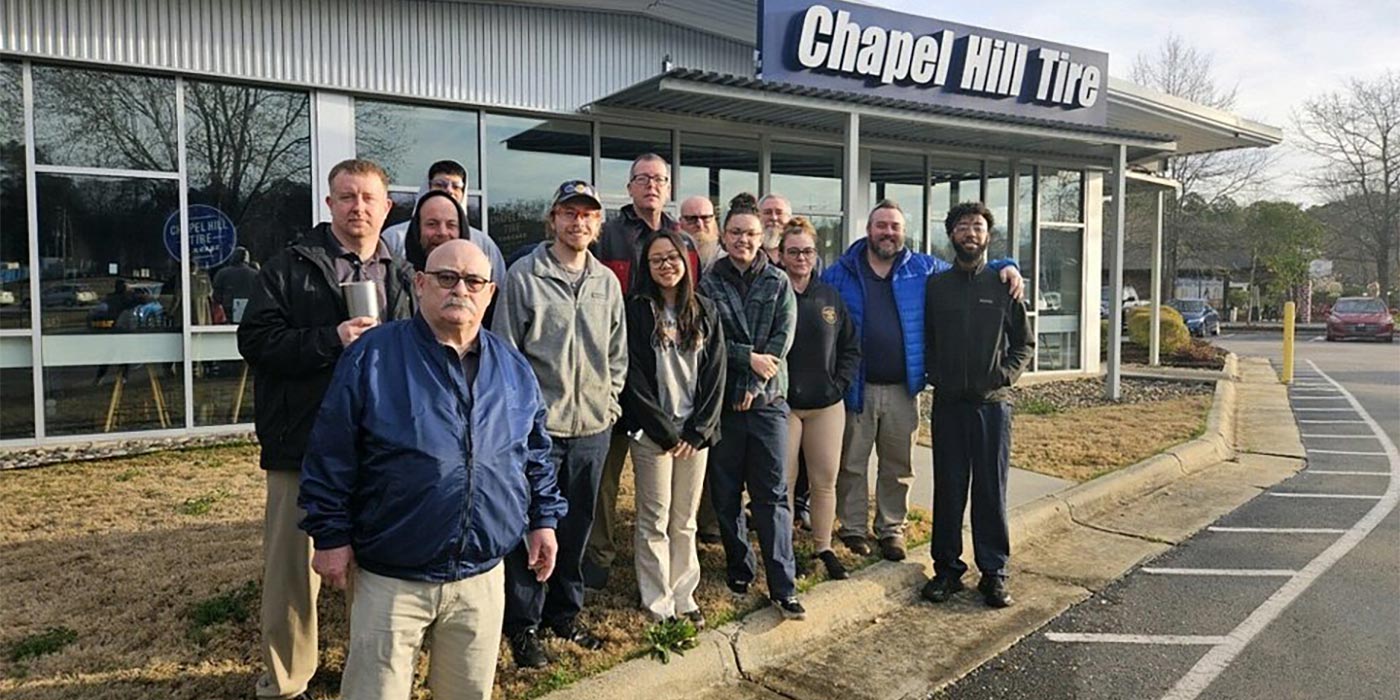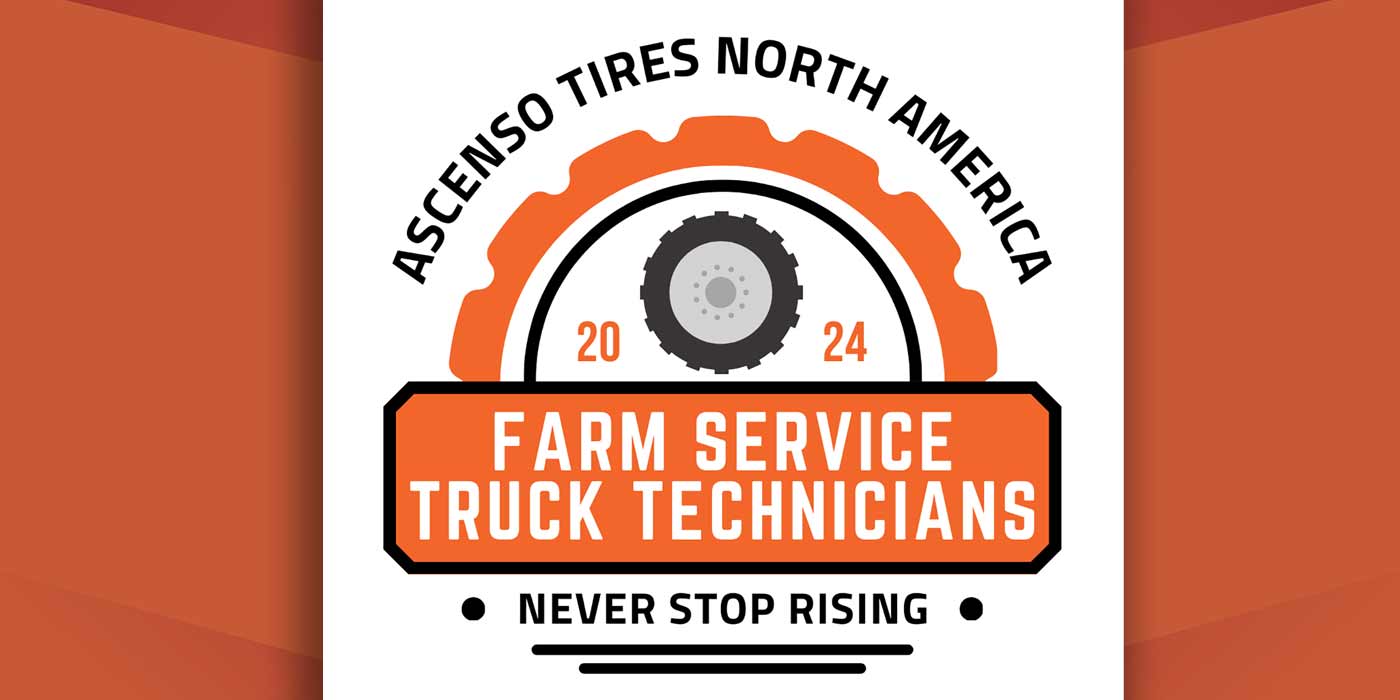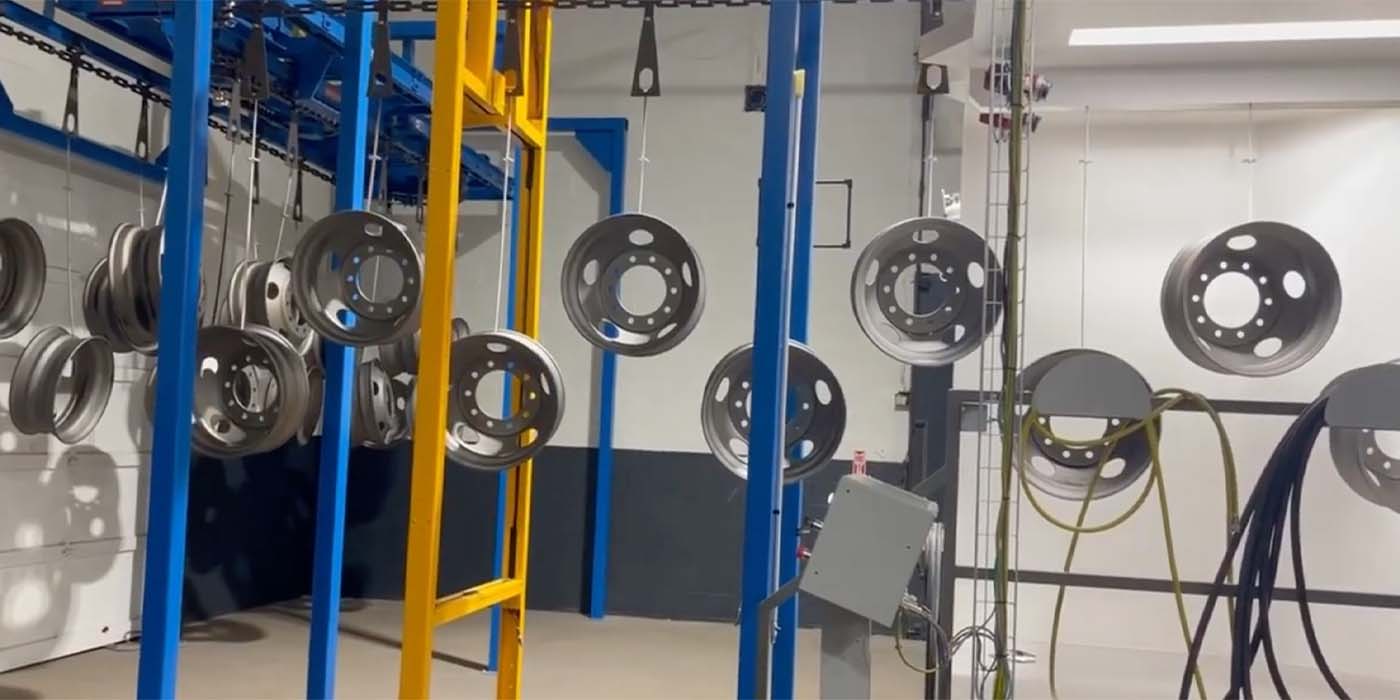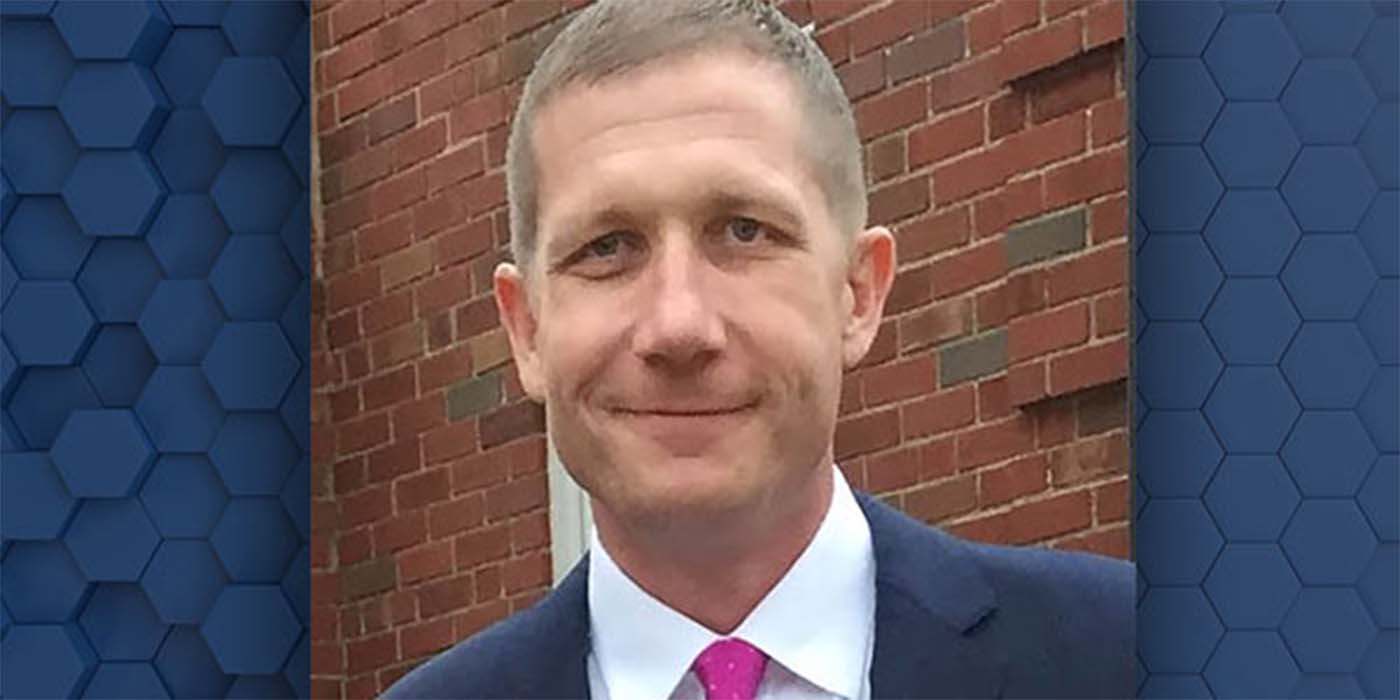The name Roger Stansbie is likely not a household one among tire dealers. Over the past 51 years, though, Stansbie has built a remarkable resume of achievement and expertise, especially in commercial truck tires.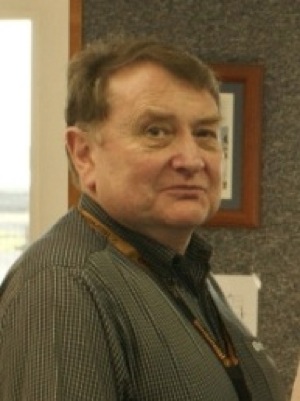
Like so many in our industry, Stansbie fell into the tire life. After graduating from Lode Heath High School, in Solihull, England, in 1961, he signed on with Dunlop out of “pure necessity.” That allowed him to attend college, and he graduated in 1968 with a degree in organic chemistry and polymer technology. With that in hand, Stansbie became an aircraft tire designer with Dunlop.
In 1972, he moved on to a five-year stint with Firestone Europa, working as a project engineer on passenger and truck tires, and took over as truck tire field customer service manager with Uniroyal Englebert Tyres.
Then in 1994, Stansbie found himself in the U.S. as manager of commercial tire field engineering with what is now Continental Tire the Americas. In May 2002 he was promoted one last time, becoming CTA’s director of truck tire technology, heading up the tiremaker’s R&D activities on this hemisphere.
After 44 years, Stansbie has elected to retire soon, with plans to move back to England. Before he leaves, Tire Review caught up with him:
Roger, how did you happen into the tire industry? Was that something you as a boy in England wanted to pursue?
“Pure necessity drove me into the arms of Dunlop. In my High School Careers Center, I picked up a pamphlet sporting the picture of Fort Dunlop. I like to think that it was the name itself that attracted me. However, it was far more mundane than that. Dunlop offered me the opportunity to work and study at their expense, so I took it.”
Over your 51-year career, what was the greatest single change you witnessed in the tire industry?
“The greatest single change that I see is the emphasis on simulation rather than practical testing of products. Today, the time restraints and development costs require the tire developers to utilize simulation tools as much as possible. Of course, there is no substitute for a field test to finalize a new development. However, the steps leading up to the final product are heavily directed by mathematical models, evaluating wear and structural durability. In my early days in development, we spent a lot more time proving concepts in the field. This naturally took time, but I reflect on those times and speculate that it gave us a much deeper understanding of the market, its variations and conflicts.”
Having spent a lot of your career as a truck tire engineer, talk about some of the important shifts and changes you have seen in that market over the last few decades.
“Clearly starting in the industry in 1961, bias (cross ply) tires were still very prevalent. So the introduction of radial construction in truck tires offered up new opportunities. Changing from textile body plies to steel body plies offered up some unique challenges to our technology at that time. Currently, the move to more exotic tire sizes, wide base included, has again occupied and stretched our resources, as do the newly enacted greenhouse gases regulations and SmartWay verification requirements, increasing the demand on lower rolling resistance tire technology.”
You’ve been an aircraft tire designer with Dunlop, a truck and passenger tire engineer with Firestone, a customer service manager with Uniroyal Englebert, and a field engineer and engineering director with Continental in the U.S. Which job did you enjoy the most and why?
“Aircraft have always and still do fascinate me. So given the chance to be an aircraft tire designer, for me, was an opportunity to walk on air. The aircraft tire was always so closely linked to the individual performance of the aircraft that each tire application was almost unique. I had the privilege to work on the Concorde during its development period, along with other specialist aircraft, such as the vertical take-off Harrier, all of which offered up interesting development opportunities due to their operating envelope. Whether it was to reduce tire weight to better service the fuel guzzling Concorde, satisfy high-speed emergency landings of fighter jets or prevent tire sidewall damage caused by the vectored thrust of a vertical take-off Harrier. OTR tires offered up similar situations and during the period that Continental (General Tire) produced these products in the U.S., I found the experience very similar to my time in aircraft tire design.”
From your vantage point and experience, where do you see truck tire technology heading over the next decade?
“I have no doubt that legislation will continue to push the envelope regarding improving greenhouse gas emissions. This will require the tire manufacturer to invest in more technology to meet the more demanding standards, at the same time, trying to balance the potential conflicts in mileage. Also, the noise and traction standards currently enacted in Europe will eventually be imposed on the NAFTA market. Finally, to the exasperation of the end-user, tire sizes will continue to proliferate. Chasing the needs to maximize cargo volume, minimize vehicle height whilst maintaining or increasing payload carrying capacity, low profile tires will be the focus of new generation tires. We already have 45% aspect ratio truck tires. It is not beyond the realm of reason that 40% and 35% tires may be just around the corner.”
What are your post-retirement plans, Roger?
“My wife and I will retire back to England. Hopefully, to a tranquil village in the West Country that has a pub with a Trivia Night once a week (if we can find one) and contemplate the follies of the world.”

